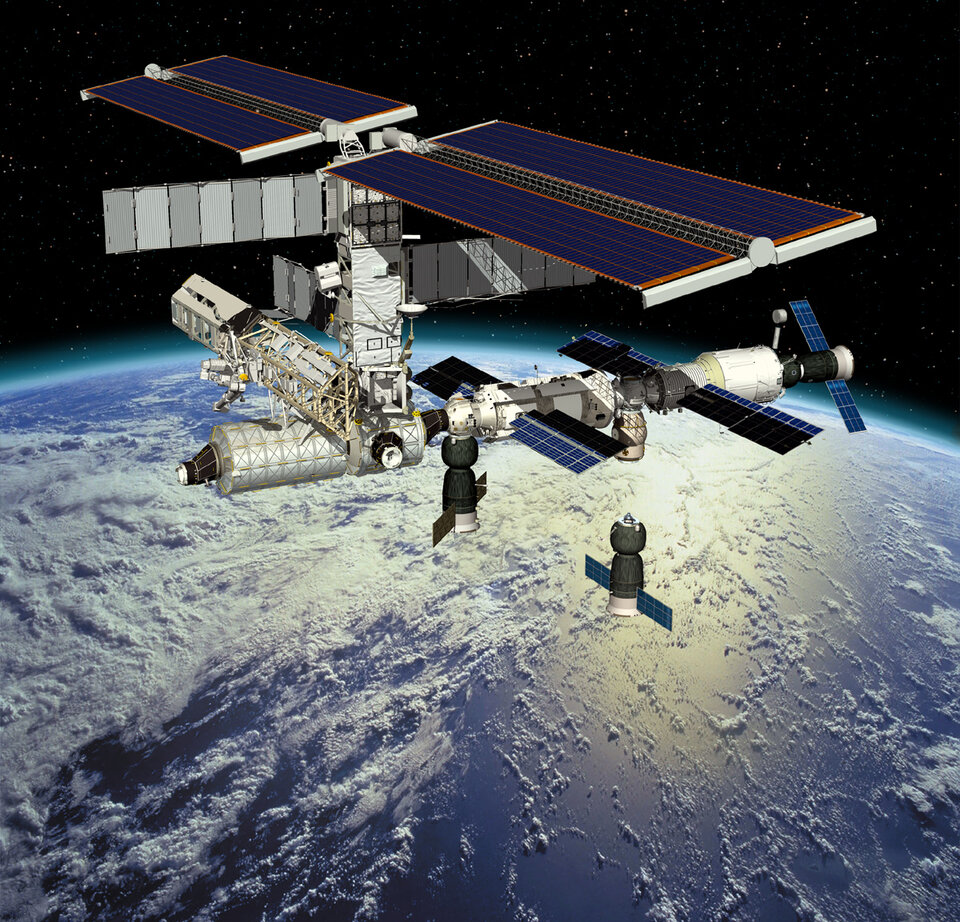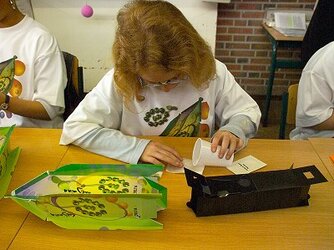Lesson 1: What is the International Space Station?

The International Space Station (ISS) is a big science laboratory floating in space and currently going round the Earth at a height of 400 kilometres at a speed of 28000 kilometres per hour. Five minutes after it has flown over Madrid in Spain you can see it in Berlin, Germany, 2300 kilometres away!

Europe, Japan, Russia, the United States and Canada are working together on the project. They started building it in 1998 and are still building it today it takes a long time!
When completed, the ISS will be 100 metres long and 80 metres wide: just as much as a football pitch.
The ISS opens up a new and fascinating world: living and working in space! Astronauts live on board the ISS throughout the year and perform scientific experiments free of the effects of gravity. They also look after the station’s systems and assemble its different parts sent from Earth. And all the time they get the wonderful view of our beautiful blue planet seen from space…
The research done on board the ISS is done for the benefit of the people on Earth. For the European Space Agency (ESA), projects with possible applications in the fields of health, clean energy and protection of the environment are important.
|
















